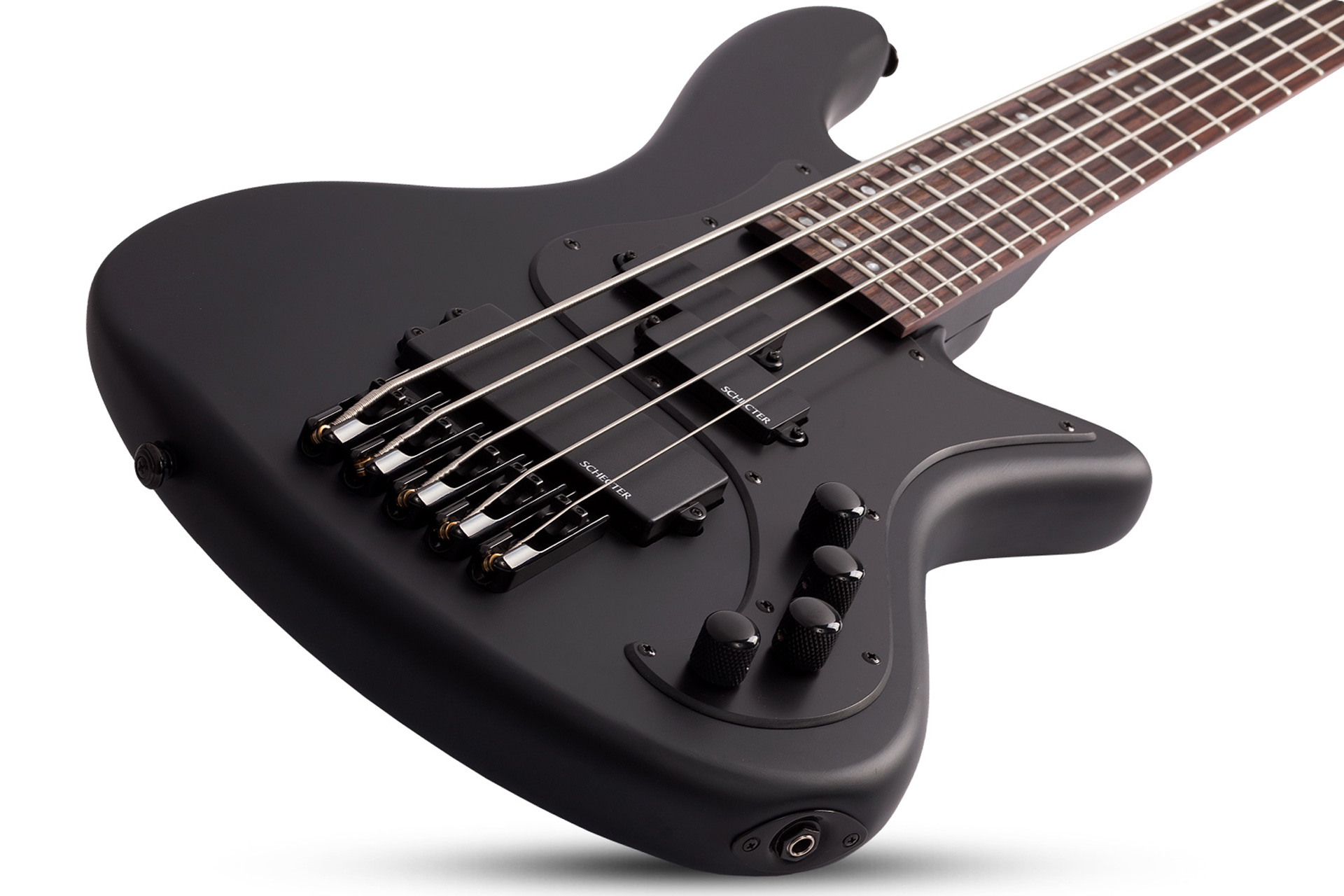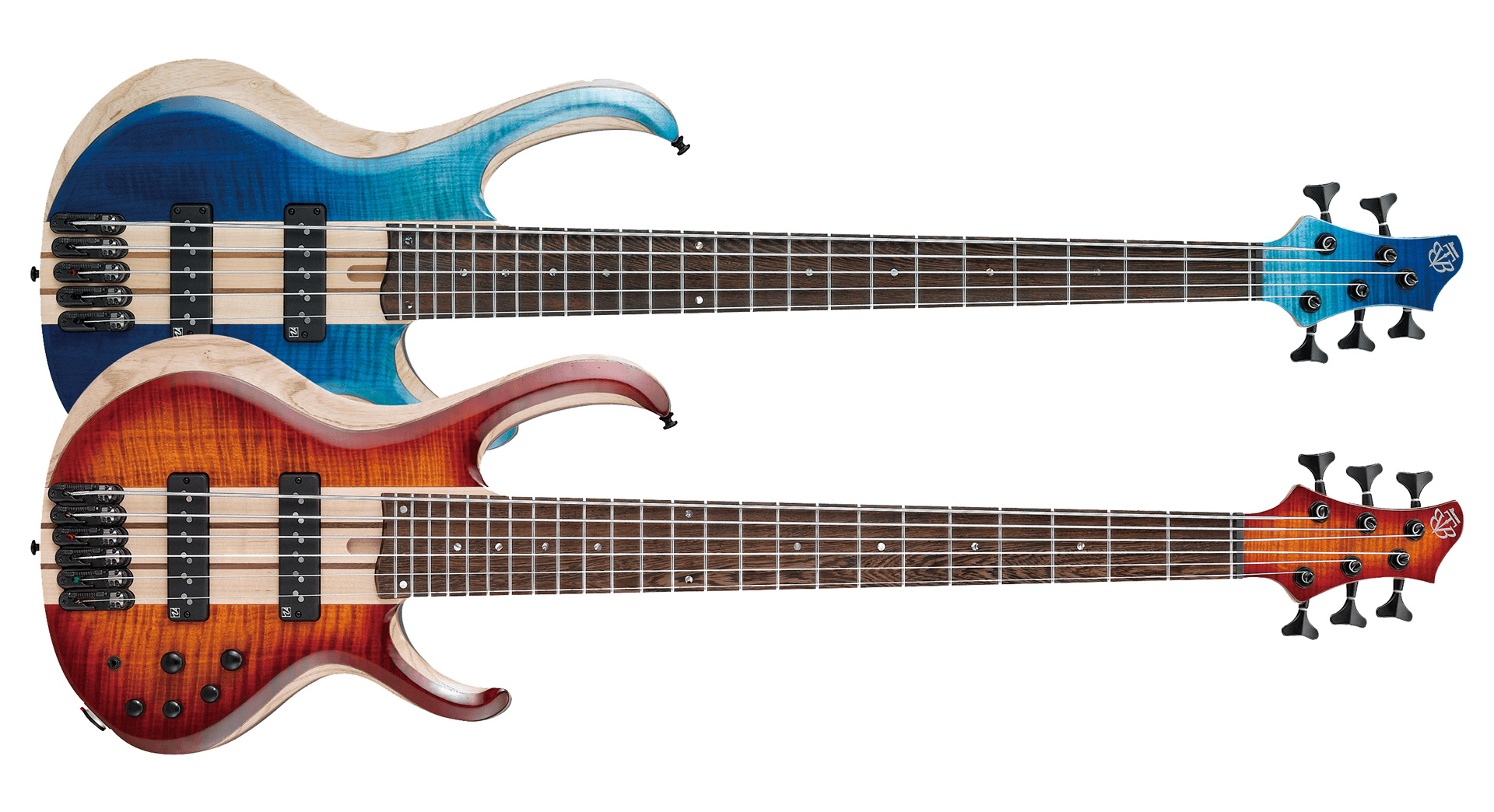Bass guitarists today have many options for the number of strings to have when purchasing a new bass, from 4- to 5-string options to 6-strings and beyond, and with a healthy mix of options across bass brands. We’ll go into these types below, and discuss the differnces between 4, 5, and 6-string basses, along with the reasons for choosing each type with associated long-term considerations.
4-String Basses
4-string basses have the longest, most diversified history out of the options discussed here. You can find a 4-string from any era of the bass guitar and for just about any type of music, along with parts and accessories for anything you’d need for fixing or customizing your instrument.
Because of this, most vintage basses are 4-string - in particular Fender basses - so aiming for a 4-string is your best if you’re looking for an instrument made more than a few decades ago and aren’t particular about type.

Fender’s 4-string basses are the most recognizable kind of bass across genres and eras.
From a visual perspective, the 4-string bass is considered the “de-facto” bass and is the only type that can really exemplify that look. This might seem silly to consider, but from a marketing perspective it’s important to stick with the bass-player look if that look is a part of your gig.
As an example: if you’re looking to play in wedding bands or on cruise ships and part of the job is looking like a “rock band”, oldies band, country band or something similar, you may be asked to use a 4-string even if you have a better sounding 5 or 6-string simply to fit the part. This becomes even more important when playing in a tribute band based on bands from past eras, where even matching the instrument brand and color is important.
5-String Basses
5-string basses are quickly becoming the norm in popular music. The extended range provided through a fifth string means playing scalar runs won’t require as much position shifting compared to a 4-string. Schecter makes a variety of popular 5-string bass models.
The extra string also increases the range of playable chords you can play if you’re going in a polyphonic direction. A decade or two ago it may have been a bit harder to find inexpensive instruments to start on and/or parts and accessories for 5-strings but nowadays this isn’t the case.

Schecter’s 5-string basses are known for heavier music but work in a wide range of genres.
5-string bass guitar tunings can vary; most will have the low B string but models with a high-C instead are also available. You won’t want to try converting a Low B model into a High-C or vice versa model without knowing how to customize the nut of the bass, as high-C strings won’t sit properly in the G-string slot and low-B strings won’t fit properly in the E-string slot.
6-String Basses
As gospel, metal, and other technically demanding genres enter the mainstream, 6-string basses are also becoming more common, with some players choosing to start off with the higher string count. 6-strings have the widest range of the typical bass options, sporting both a high C and low B string. This allows maximum range when playing laterally, or across the strings, and many more chordal options. Many bass guitar soloists will gravitate to this type, as the added chordal range better facilitates unaccompanied playing.

Ibanez is known for its massive selection of basses, including many 6-string models.
6-string basses need a bit more raw material to be manufactured than 4- or 5-string basses, and cost on average a bit more as a result. Accessories tied to 6-strings, such as strings, body parts, pickups and the like are also more expensive than their lower string counterparts. Ibanez manufactures a variety of popular 6-string basses.
While not a serious issue, you will at some point be mistaken for playing a typical electric guitar when playing a 6-string bass. Your choice of instrument will also be questioned; it’s not uncommon to be accused of playing such a bass because allegedly, “bass is easier than guitar” and using a 6-string variant is a way to sneak into the guitar-playing world. It’s a minor issue but is something you should be prepared for if that’s something that bothers you.
Conclusion
There are so many options out there for bass nowadays, it can be stifling deciding which type to go with. If possible, try each type out in person and find a bass that fits you. If you’re already experienced, it’s a good idea to have at least two types to better prepare yourself for as many potential gigs as possible.